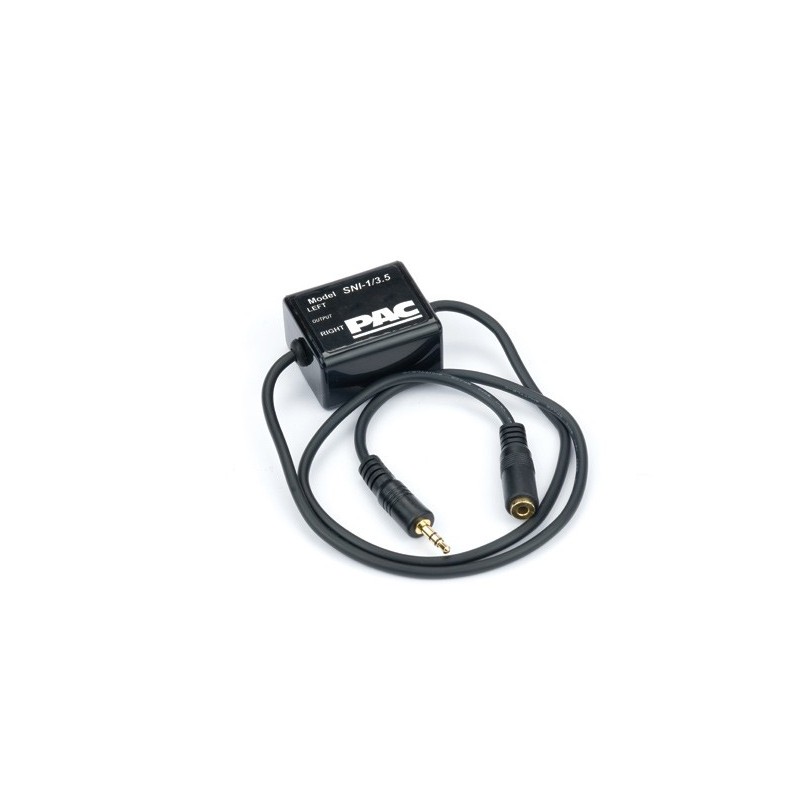

You can find a signal isolator to suit almost any application, including the following: These systems provide loop-power to their output devices. The output loop type solves the problem of interfacing non-isolated field signals with systems like a computer, PLC, or distributed control system. The input loop type makes it possible to isolate a process signal when you don’t have line power or output loop power available. You can power the 2-wire type from either the input or output loops. The 4-wire type requires a separate power source and is partially suited for back-of-panel mounting. Isolators, like most other transmitters, come in 2- and 4-wire versions. If you don't have this three-way isolation, then an additional ground loop can develop between the isolator's power supply and the process input and/or output signal. Regardless of the isolation method you choose, make sure your isolator provides input, output, and power isolation. The choice between the two depends on your circuitry requirements. Signal isolators that use this technique are called "opto-isolators." Discrete signal generation, which chops, transmits optically, and reconstructs the signal.

Analog signal isolation, which uses an isolation transformer to chop, isolate, and reconstruct the signal.Signal isolators use one of two techniques to do the job: These devices also eliminate the electrical noise of AC continuity (common-mode voltage). 3, to break the galvanic path (DC continuity) between all grounds while still allowing the analog signal to continue throughout the loop. So what do you do if you can’t eliminate the conditions for ground loops? You can use a signal isolator, as shown in Fig. Normally, the recorder scale is calibrated so the voltage reads directly in ☏, ☌, psi, etc. At 4mA, the voltage measured by the recorder is 1V (250 ohms x. Let's say a precisely calibrated circuit takes this mA signal and converts it into a 1V-to-5V signal for a chart recorder. The instrumentation signals vary within a range of 4mA to 20mA, depending on the value of the variable (temperature, pressure, etc.) seen by the sensor. As you can see, it's basically a DC system that operates at a specific voltage (24V in our example) to a master ground reference called a signal ground. Suppose you have an instrumentation loop, as shown in Fig. How an instrumentation signal loop works. You also may have to ground these instruments to ensure personnel safety. Also, all analog control loops are grounded at one or more points, which can result in a ground loop that can upset the proper functioning of instruments. With so many connections referenced to ground within a facility, the likelihood of establishing more than one point is great.įor instruments like thermocouples and some analyzers, you may not be able to completely eliminate ground loops because these instruments require a ground to make accurate rate measurements.
POWER GROUND ISOLATOR INSTALL
The probability of establishing multiple grounds and ground loops is especially high when you install new programmable logic controllers (PLCs) or distributed control systems. So it can't accurately reflect process conditions. As a result, the receiving device can't tell the difference between the wanted and the unwanted signals. 1.īasically, ground loops cause problems by adding or subtracting current or voltage to or from a process signal. According to the ANSI/ IEEE Standard Dictionary of Electrical and Electronics Terms, a ground loop is a "potentially detrimental loop formed when two or more points in an electrical system normally at ground potential are connected by a conducting path such that either or both points are not at the same ground potential." In other words, a ground loop develops because each ground is tied to a different earth potential, which allows current to flow between the grounds by way of the process loop, as shown in Fig.

Having problems with your process controls and electrical instrumentation? The source may be a grounding disturbance known as a ground loop.


 0 kommentar(er)
0 kommentar(er)
